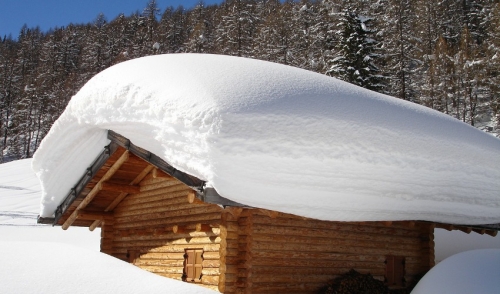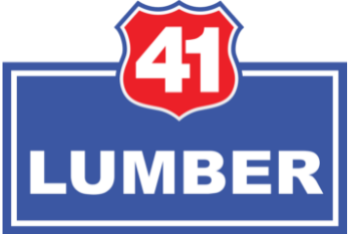{article.name}
Social Media Links
Rent the Equipment you Need for Rooftop Snow Removal

- Share this:
- Share on Facebook
- Pin on Pinterest
- Tweet on Twitter
We all know the importance of keeping your walkway and driveway clear of snow. It’s a chore, but the safety and benefits are obvious. However, many homeowners overlook the need for keeping their roofs clear of snow as well. Unfortunately, many only learn about how important it is once an issue has arisen. Buildup of snow can lead to ice damming or even worse -- collapse.
Ice dams form when the melting snow flows down over the heated portion of the roof, only to freeze once it reaches the unheated eaves. This causes a buildup of ice around the edge of the roof, which allows the flowing water to pool. The water then seeps underneath the shingles above and causes leaks, which results in damage to the roof and interior of the home.
This issue can be prevented by using a roof rake to remove the snow before it gets a chance to cause problems. By simply removing at least the first 3-4 feet of snow from your roof after every major storm, damming can be avoided. How much to remove depends on a few factors, such as the slope of the roof, how well the attic is insulated, and the general condition of both the shingles and underlying structure.
It’s important to note that if you can’t safely reach your roof, even with a roof rake, then you should consider hiring a professional.
When you rent a roof rake, you’ll be using the right tool for the job. Never use a regular shovel, a snow shovel, or an ice chipping tool to remove snow from your roof. This could potentially cause damage to your shingles, creating even more leaks. A roof rake is designed to efficiently remove snow from the safety of the ground. Most have handles that can be adjusted to the proper length and are engineered so that your shingles won’t be damaged.
If you already have an ice dam situation, a handy method of freeing up the water is to fill a nylon stocking with calcium chloride (ice melt} and lay it perpendicular to the roofline, across the ice jam. This will melt a channel through the dam and allow the water to flow out. Rock salt could damage your roof, so be sure to use calcium chloride. Also, try to position the channel so that the run-off won’t damage any plants or bushes below.
As a rule of thumb, if you see that there is a foot or more of heavy snow on your roof; it is time to take some of the weight off. Stop in or give us a call and we’ll be happy to answer your questions and outfit you with the right equipment you’ll need to safely remove the snow from your roof.
Sign up for our Email List
Stay updated with all our latest posts, products and offers! Just enter your information below.


Comments